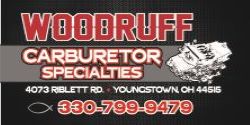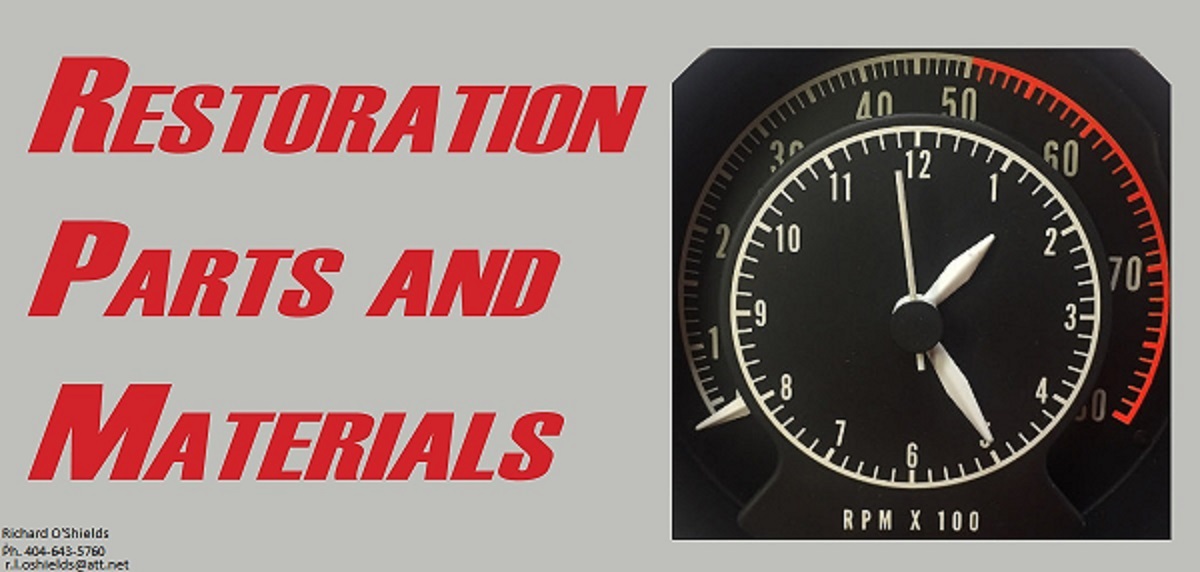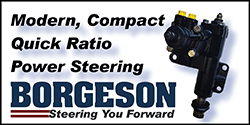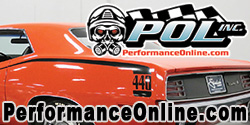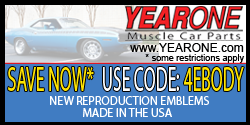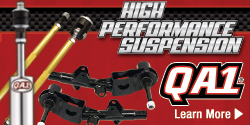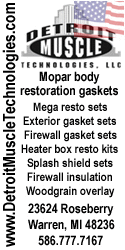You are using an out of date browser. It may not display this or other websites correctly.
You should upgrade or use an alternative browser.
You should upgrade or use an alternative browser.
Plus sizing: What you gain, what you lose
- Thread starter Challenger RTA
- Start date
moparleo
Well-Known Member
- Joined
- Oct 17, 2011
- Messages
- 7,248
- Reaction score
- 2,035
The pro is less slip angle which translates to quicker response to steering wheel input.
The con is that the tires are actually part of the suspension, in that the sidewall of the tires as well as the springs absorb road shock and affect ride.
Luxury cars always used the largest diameter tires possible to give a smoother ride and were not concerned about cornering.
Lower profile tires/wheels will be prone to damage, bent rims, s/w tire failures etc. when hitting or running over objects in the road or potholes, RR crossings Because the tires now instead of absorbing the bumps, dips now try to plow through them because of less sidewall deflection,.
Performance tires and wheels were designed for track use where the track is well maintained has no objects in the road or potholes etc... therefore don't have to worry about normal street driving hazards.
Plus sizing, better cornering and road feel.
But at the expense of ride quality, tire/ wheel damage possibility.
AI Overview

Plus-sizing involves using larger wheels with lower-profile tires to maintain overall tire diameter, offering benefits like improved handling, stability, and aesthetics. However, this comes at the cost of a harsher ride, potential for increased damage from road hazards, higher costs for the wheels and tires, and a negative impact on fuel economy.
Pros of Plus-Sizing
The con is that the tires are actually part of the suspension, in that the sidewall of the tires as well as the springs absorb road shock and affect ride.
Luxury cars always used the largest diameter tires possible to give a smoother ride and were not concerned about cornering.
Lower profile tires/wheels will be prone to damage, bent rims, s/w tire failures etc. when hitting or running over objects in the road or potholes, RR crossings Because the tires now instead of absorbing the bumps, dips now try to plow through them because of less sidewall deflection,.
Performance tires and wheels were designed for track use where the track is well maintained has no objects in the road or potholes etc... therefore don't have to worry about normal street driving hazards.
Plus sizing, better cornering and road feel.
But at the expense of ride quality, tire/ wheel damage possibility.
AI Overview
Plus-sizing involves using larger wheels with lower-profile tires to maintain overall tire diameter, offering benefits like improved handling, stability, and aesthetics. However, this comes at the cost of a harsher ride, potential for increased damage from road hazards, higher costs for the wheels and tires, and a negative impact on fuel economy.
Pros of Plus-Sizing
- Enhanced Handling & Cornering:
Larger wheels and tires provide a wider tread face and stiffer sidewalls, which can improve grip and responsiveness during cornering.
- Improved Stability:
The increased contact patch with the road can lead to better stability at higher speeds and in various maneuvers.
- Aesthetic Appeal:
Many enthusiasts choose plus-sizing to achieve a sportier, more aggressive, and premium look for their vehicle.
- Better Traction:
The larger surface area of the tire can increase traction on dry pavement, potentially improving performance.
- Reduced Ride Comfort:
.
Lower-profile tires have less sidewall to absorb road imperfections, resulting in a harsher and less comfortable ride.
- Higher Risk of Damage:
.
The combination of larger wheels and smaller sidewalls makes the tires and wheels more vulnerable to damage from potholes, curbs, and other road hazards.
- Lower Fuel Economy:
.
Larger wheels and tires are often heavier, requiring more energy to rotate and move, which can decrease fuel efficiency.
- Higher Costs:
.
Not only are the initial purchase price of the larger wheels and tires often more expensive, but maintenance costs can also increase.
- Impact on Vehicle Systems:
.
Incorrect sizing can affect the speedometer, and a change in overall diameter can lead to mechanical issues or contact with vehicle components.
Similar threads
- Replies
- 42
- Views
- 3K
- Replies
- 0
- Views
- 857


